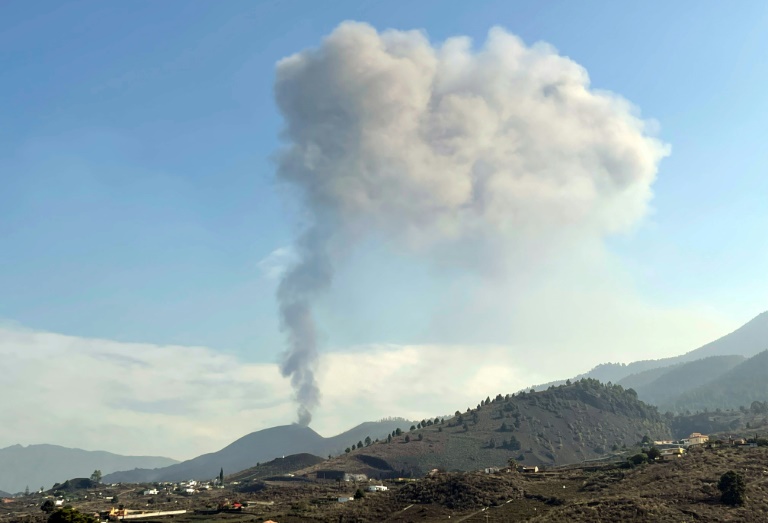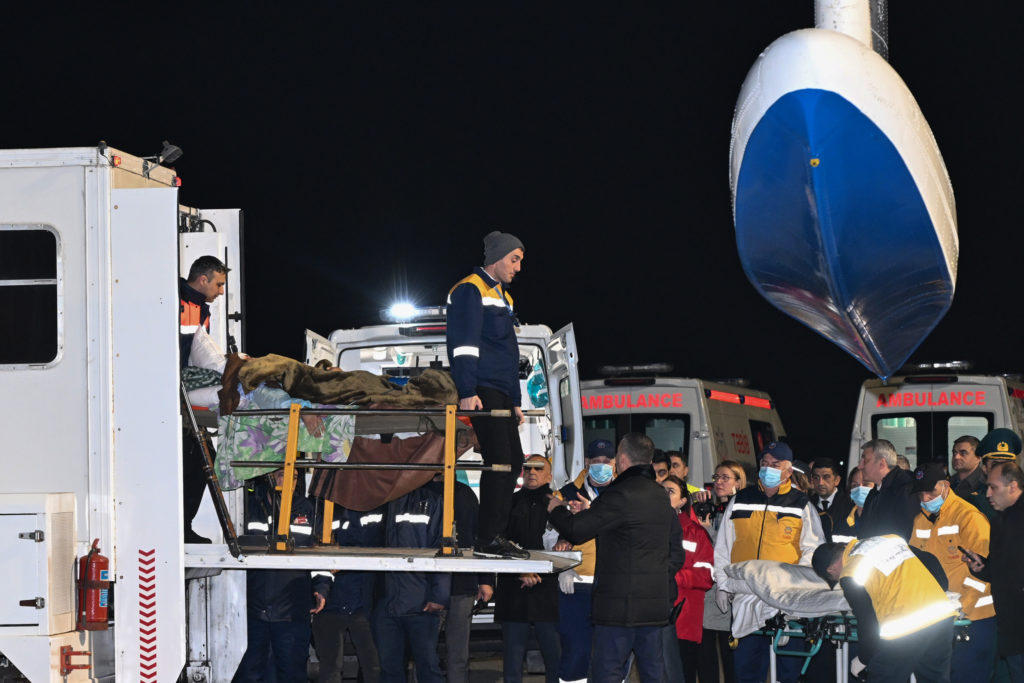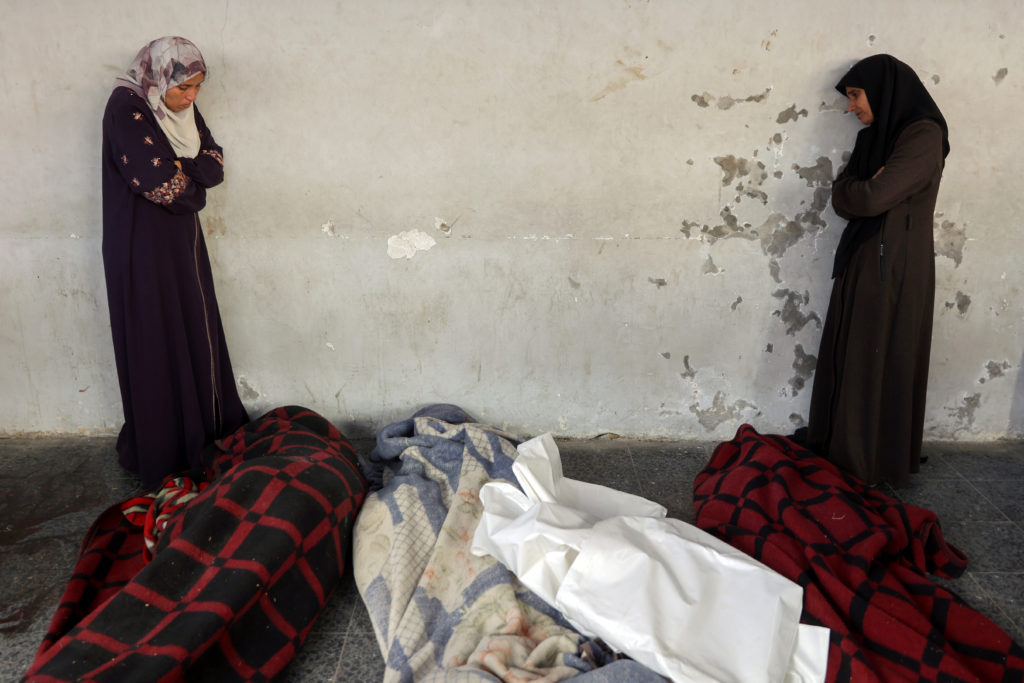A volcano on Monday began again spewing out ash after a brief lull in the Canary Islands, where coastal residents are confined to their homes over fears of toxic gases when the lava hits the sea.
La Cumbre Vieja, which straddles a southern ridge in La Palma in the Atlantic archipelago, erupted on September 19, spewing out rivers of lava which have slowly crept towards the sea.
But on Monday morning, the lava and ash flow had stopped, and the week-long rumble of the eruption faded to silence, before resuming its activity several hours later, an AFP correspondent at the scene said.
Smoke had continued to emerge from the top during the lull.
“In the last hours, the volcanic tremor has almost disappeared, as well as the explosive strombolian activity,” tweeted Involcan volcanology institute, using the scientific term for a mix of explosions and lava flow.
“Volcanic activity in La Palma has reduced significantly in the last few hours,” Madrid’s Institute of Geosciences tweeted.
“We must be very vigilant about how it evolves because the scenario can change quickly.”
Several hours later, the volcano started pumping out ash again.
– Fits and starts –
Speaking to AFP after the resumption, Involcan spokesman David Calvo said it was “just ash, for the time being”. La Cumbre Vieja had been switching between “explosive episodes and lulls for quite a while,” he added.
Even so, its activity had “decreased with respect to previous days”.
Overnight, the inhabitants of several coastal areas were ordered to stay at home to avoid harm from the release of toxic gases when the lava finally reaches the sea, a process which has been much slower than expected.
Experts say the entry of lava into the seawater will send clouds of toxic gas into the air, causing explosions and a fragmentation of the molten rock like gunshots.
“When the lava, with a temperature of over 1,000 degrees Celsius (1,832 degrees Fahrenheit) meets the sea… a thermal shock is produced that generates plumes of water vapour charged with hydrochloric acid,” Involcan said.
These plumes “also contain tiny particles of volcanic glass,” it said.
“Inhalation or contact with acid gases and liquids can irritate the skin, eyes and respiratory tract, and may cause breathing difficulties, especially in people with pre-existing respiratory diseases.”
But Involcan said the vapours were only dangerous to those in the immediate area, with the authorities setting up a two-kilometre (1.2-mile) exclusion zone to head off curious onlookers.











